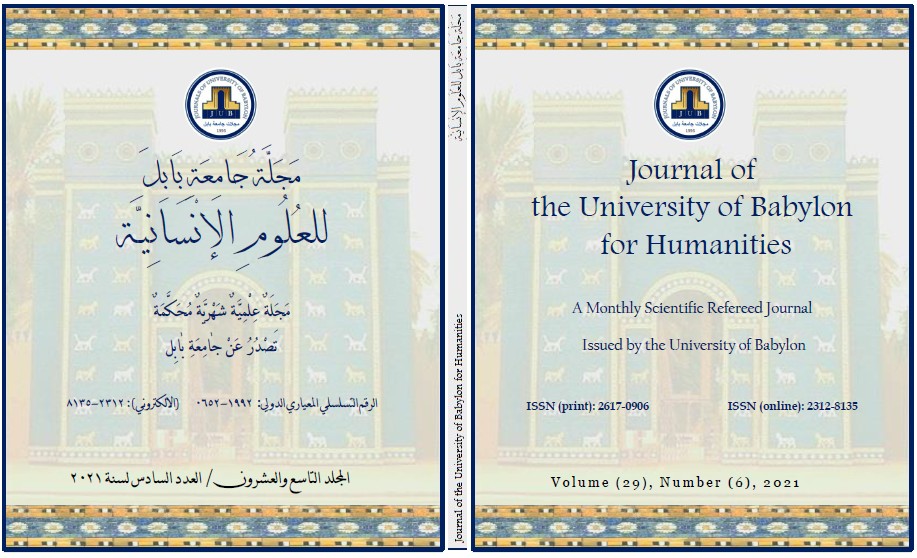Aesthetics of Decorative Formations from its Early Beginning to the End of ibn Al-Bawab’s Era 413 H.
Main Article Content
Abstract
This study reviews the Islamic motifs since its inception and how they evolve and flourish and endure many niceties, where she was plenty of room to show the versatility of the Muslim artist, and those artistic wealth that manuscripts, especially the Holy Quran and buildings and archaeological sights to the content of the art in the field of calligraphy and ornamentation, which enrich the archaeological studies through the diversity of Islamic motifs, which was the most important plant and geometric and linear forms used in the new art and art principles adopted in line with the implementation patterns and how nothing after his death that the style and compatibility with other decorative elements. The most important of the results reached by the researcher:

